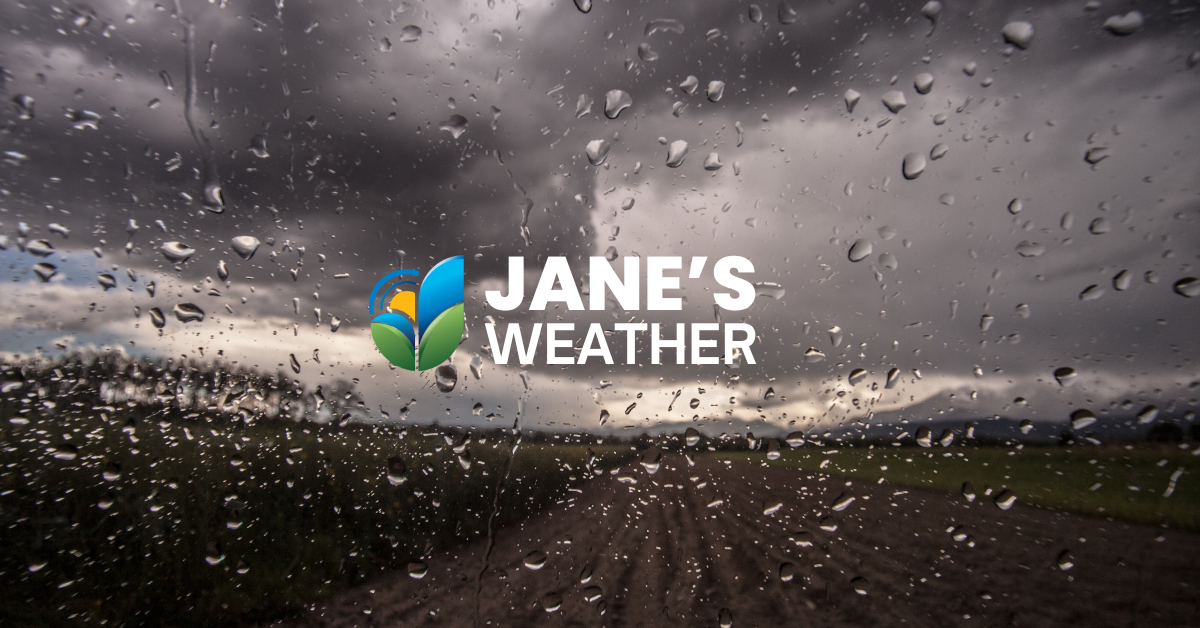Cold outbreak felt far and wide
The cold outbreak crosses the southeast and is felt as far north as Queensland,...
-1.png?width=1920&height=1080&name=Janes%20Weather%20Feature%20Size%20(3)-1.png)
The cold outbreak crosses the southeast and is felt as far north as Queensland,...
-1.png?width=1920&height=1080&name=Janes%20Weather%20Feature%20Size%20(2)-1.png)
Rain is heading for the southeast, letting sodden northeast NSW and southeast...
.png?width=1920&height=1080&name=Janes%20Weather%20Feature%20Size%20(1).png)
The hint of spring-like weather is being replaced by a surge of cold air from...

We have weather systems on both sides of the country, with feeds of tropical...

We’ve crossed into a new phase of weather - a Negative Indian Ocean Dipole, and...

This widespread rain event is affecting every state and territory, and this...

We are inching closer to a Negative Indian Ocean Dipole and seeing how this new...
Catch Up on the Latest Ag News
Jane Bunn - Jane's Weather: Dec 5, 2025
Jane Bunn - Jane's Weather: Nov 28, 2025
Jane Bunn - Jane's Weather: Nov 21, 2025
Jane Bunn - Jane's Weather: Nov 14, 2025
Connecting with communities across regional and rural Australia